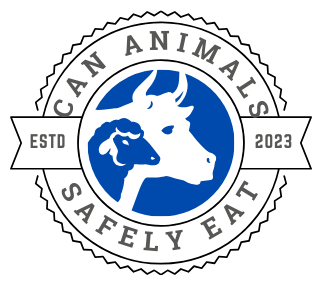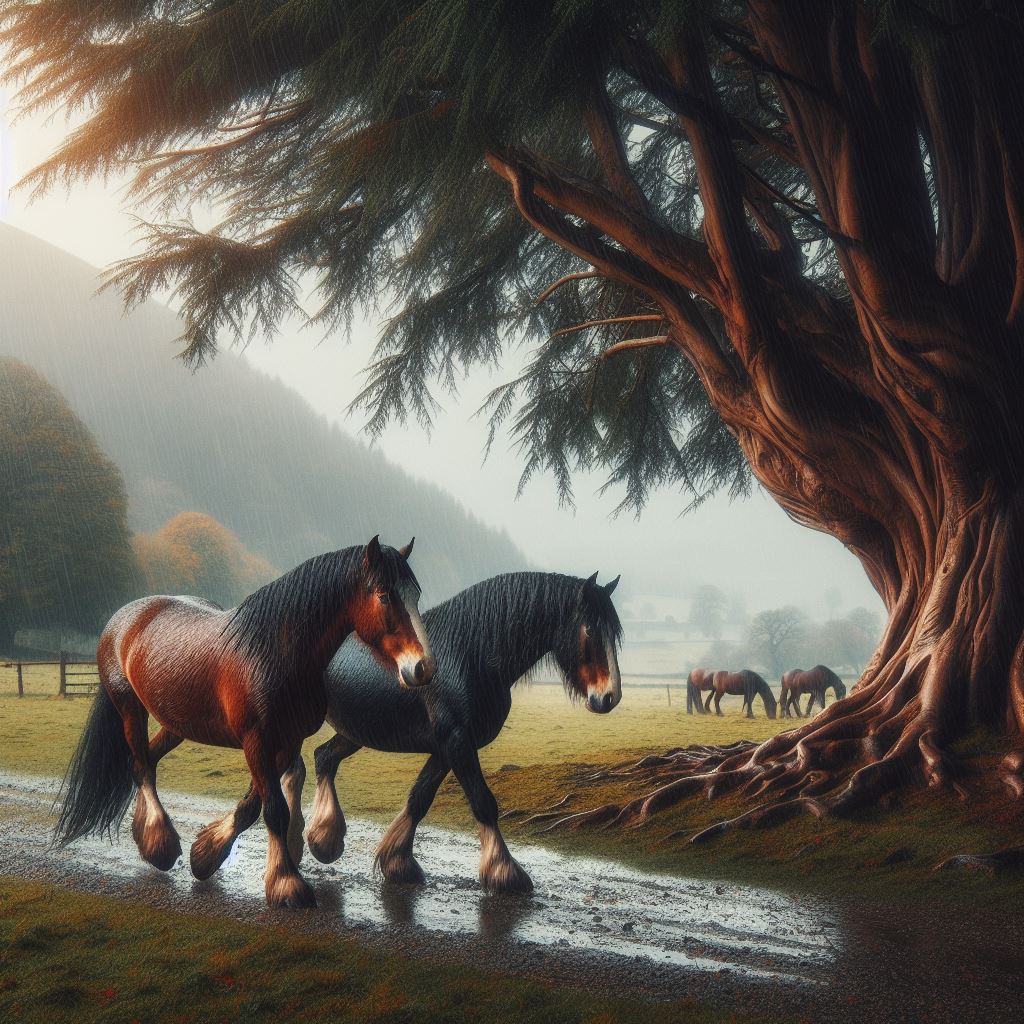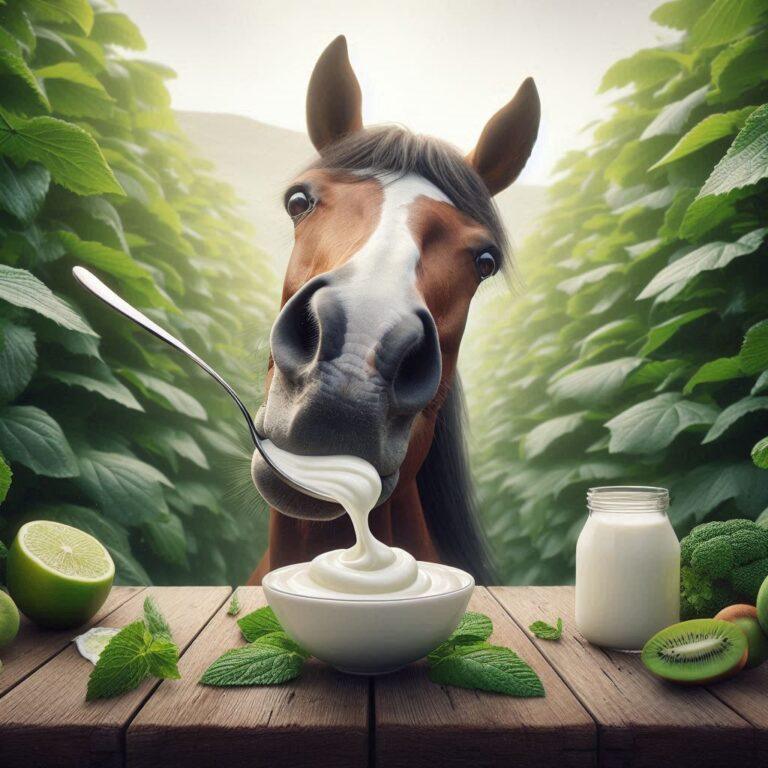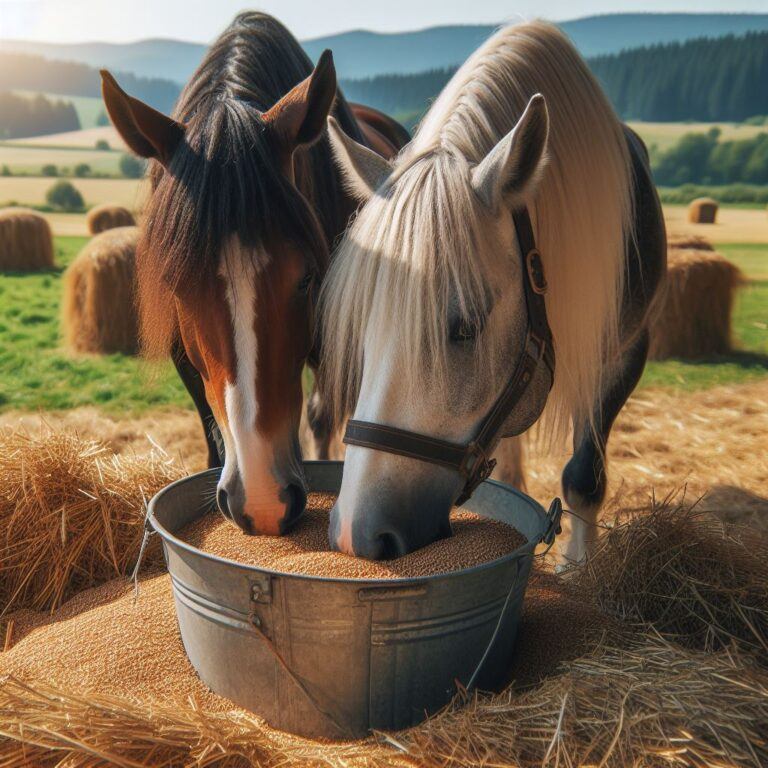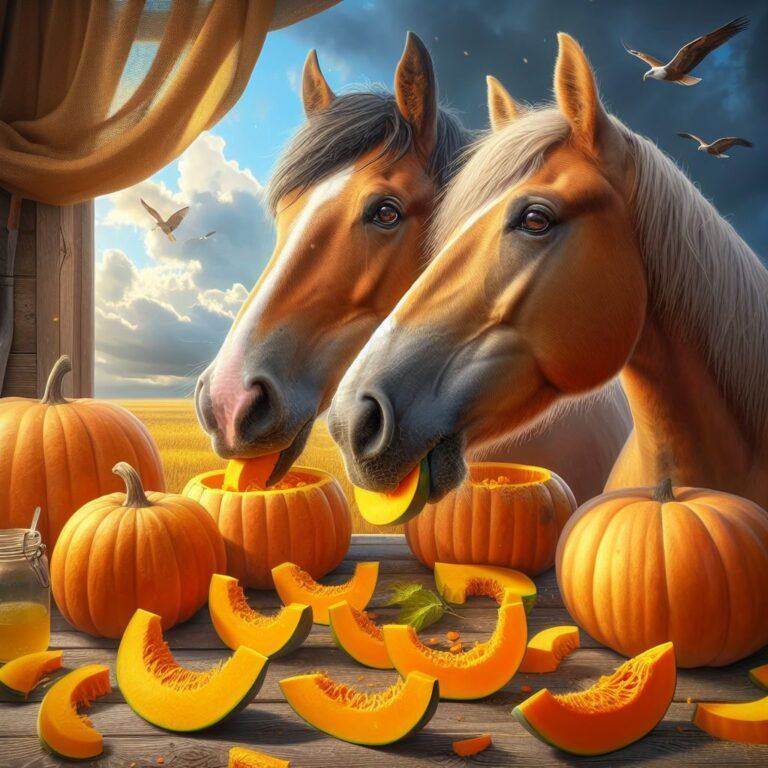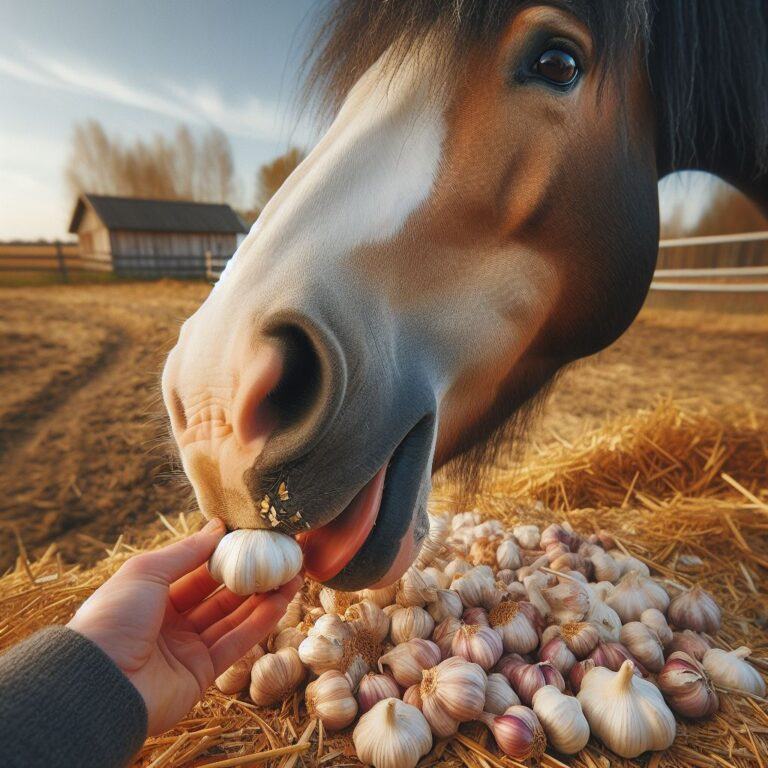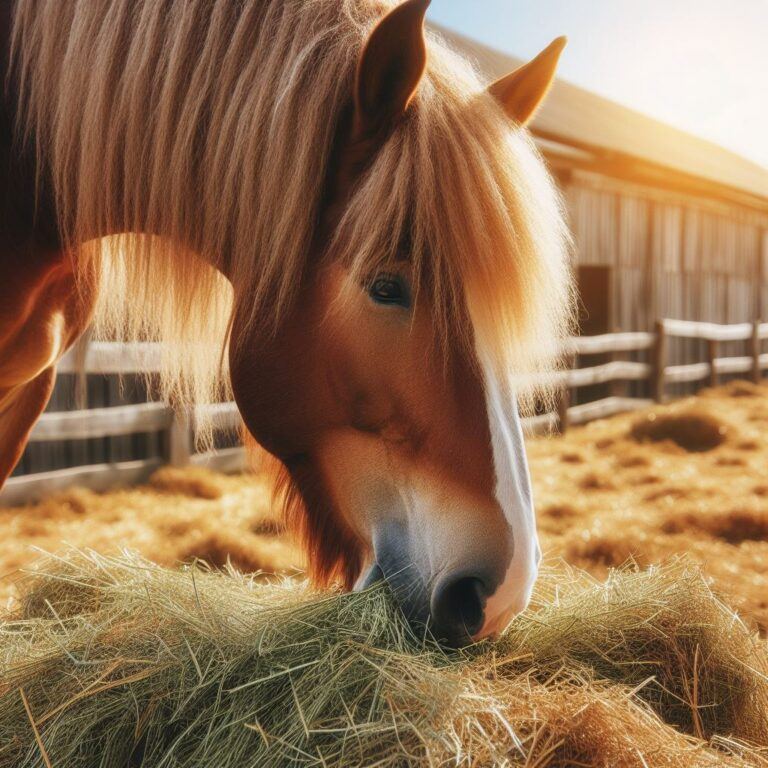Can Horses Safely Eat Yew
No, horses cannot safely eat yew. It is highly toxic to horses, and eating even small amounts can lead to severe illness and potentially death. As responsible horse owners, we must recognize the dangers of yew and take necessary precautions to prevent accidental ingestion.
Yew is a type of evergreen shrub or tree commonly found in gardens, landscapes, and wooded areas across various regions.
Horses, known for their somewhat mixed grazing habits, are particularly susceptible to accidentally ingesting toxic plants like yew if they are within reach.
This makes it so important for us as horse owners to be very careful about the presence of such plants and take immediate action to eliminate any risks.
The severity of yew toxicity in horses cannot be overstated. If ingestion is suspected, prompt veterinary attention is crucial, as the consequences can be life-threatening.
Understanding the dangers of yew and taking proactive measures to prevent exposure is a responsibility that every horse owner must embrace.
Horses should always have fresh hay and pasture grass as the bulk of their diets, and a few fresh pieces of fruit and veggies such as carrots, pumpkin, apples, or watermelon are safe treats that make feeding time more interesting.
Dangers of Yew for Horses
Yew plants contain toxic compounds known as taxine alkaloids, which are responsible for their harmful effects on horses.
These alkaloids can disrupt vital bodily functions, leading to a range of severe clinical signs.
If a horse eats yew, the taxine alkaloids can cause respiratory distress, digestive issues such as abdominal pain and diarrhea, neurological symptoms like tremors and seizures, and potentially life-threatening cardiovascular problems.
The risk of horses accidentally eating some yew is quite high due to their natural grazing behavior.
They may consume yew plants while grazing in pastures or fields, or even ingest hay that has been contaminated with yew clippings or branches.
Some horses may also chew on yew branches or clippings out of curiosity or boredom, increasing their exposure risk.
It’s crucial to remove any yew plants from areas accessible to horses to stop the risk of accidental ingestion. Identifying yew plants is also essential for horse owners.
Yew can be recognized by its evergreen, needle-like leaves, and bright red berries (which are also toxic).
Unfortunately, in cases of horses eating a lot of yew, the consequences can be severe, and fatalities may occur even with swift veterinary intervention.
While some evergreen plants may be safe for horses, yew should never be considered an option for landscaping around horse properties due to its high toxicity.
Prevention and Emergency Response
Preventing yew exposure for horses is of utmost importance and should be a top priority for all of us as horse owners.
I recommend regularly inspecting your horse’s environment, including pastures, turnout areas, and surrounding landscapes, for the presence of yew plants.
If any are found, take immediate action to remove them or install secure fencing to prevent horses from gaining access.
It’s also a great idea to educate family members, workers, and visitors about the dangers of yew to prevent unintentional exposure.
If you suspect your horse has ingested yew, contact your veterinarian immediately and provide details about the suspected amount ingested and the time of exposure.
Your veterinarian may recommend measures such as inducing vomiting or administering activated charcoal to help decontaminate the horse’s system.
Supportive care, such as fluid therapy and treatment for specific symptoms, may also be required under veterinary guidance.
In severe cases, hospitalization and intensive care may be necessary to manage the potentially life-threatening effects of yew poisoning.
Being proactive and not taking risks when it comes to potential yew exposure is crucial for horse owners. The consequences of ingestion can be devastating, and prevention is far better than dealing with the aftermath of poisoning.
By following these guidelines and remaining vigilant about the presence of yew in your horse’s environment, you can help ensure the safety and well-being of your horses.
Remember, when it comes to toxic plants like yew, it’s always better to err on the side of caution and take necessary precautions to protect your horses.
